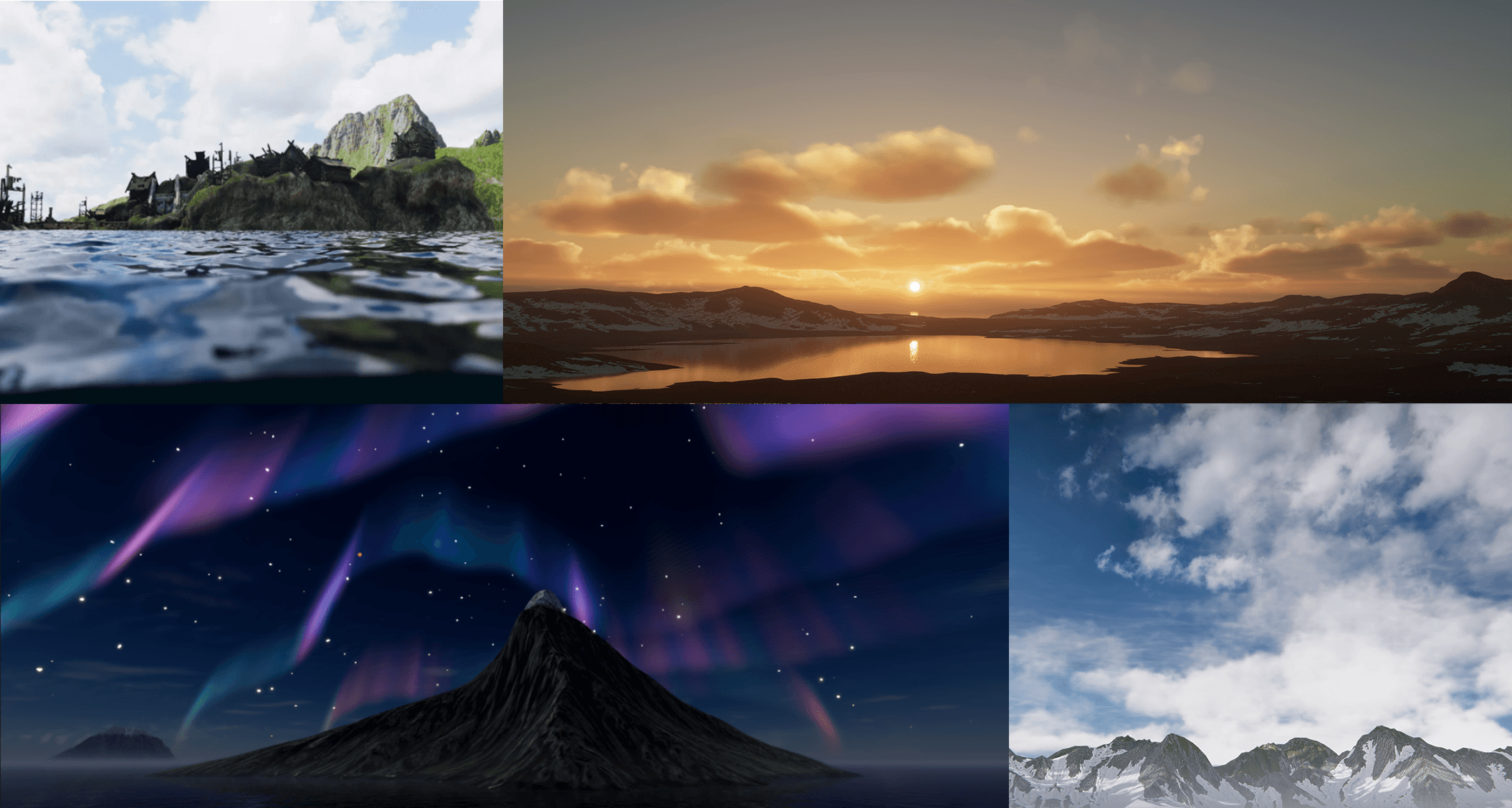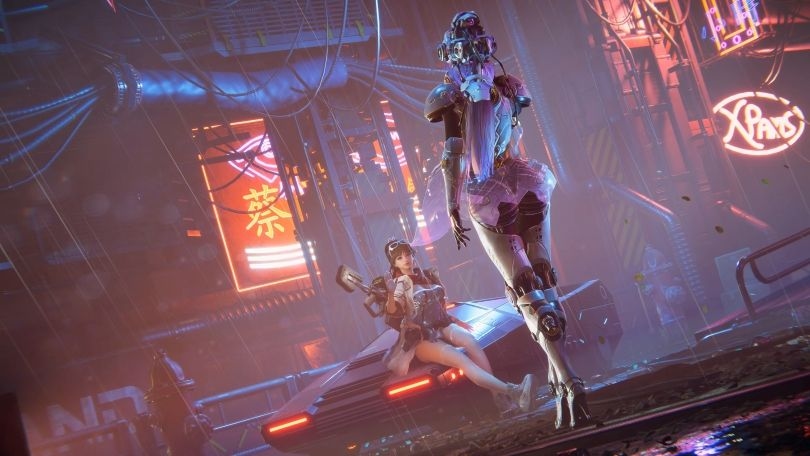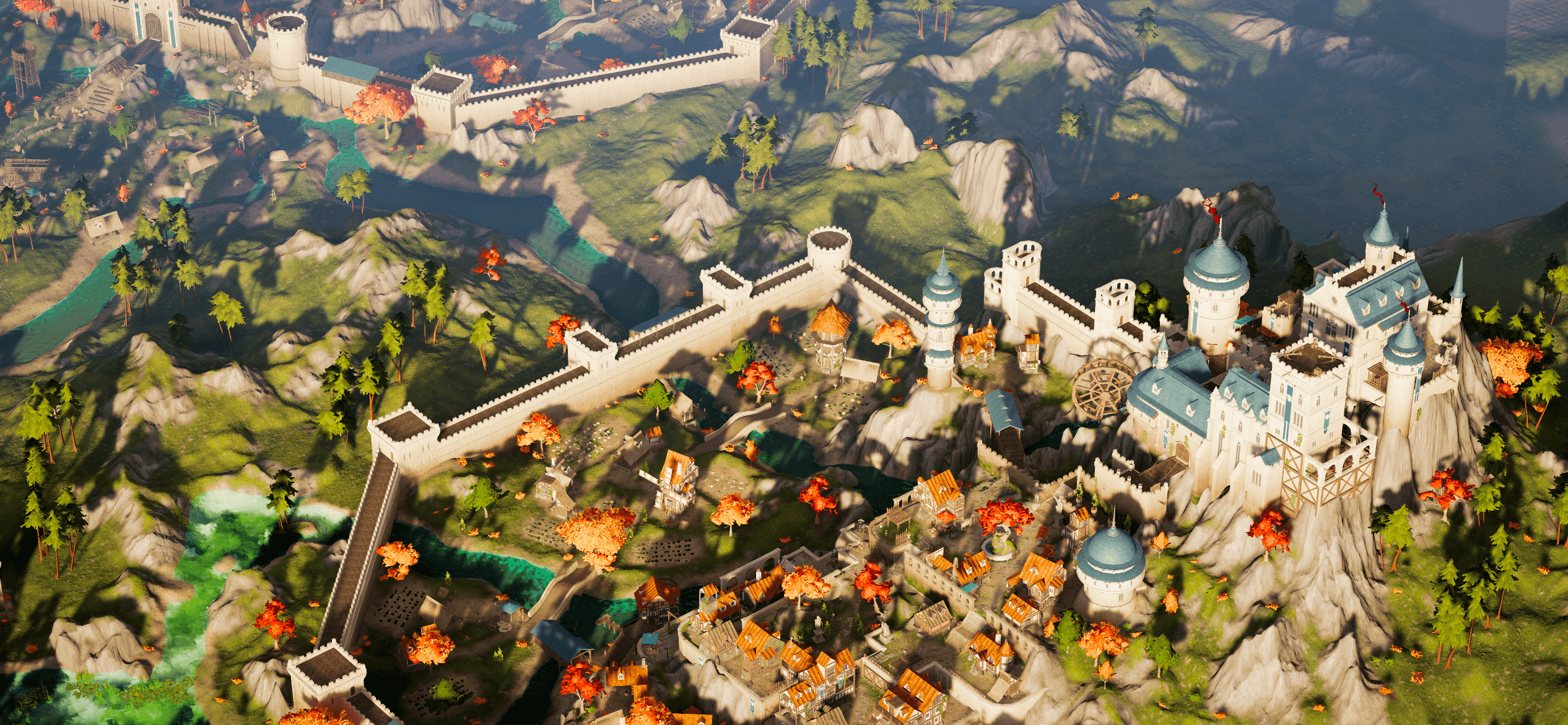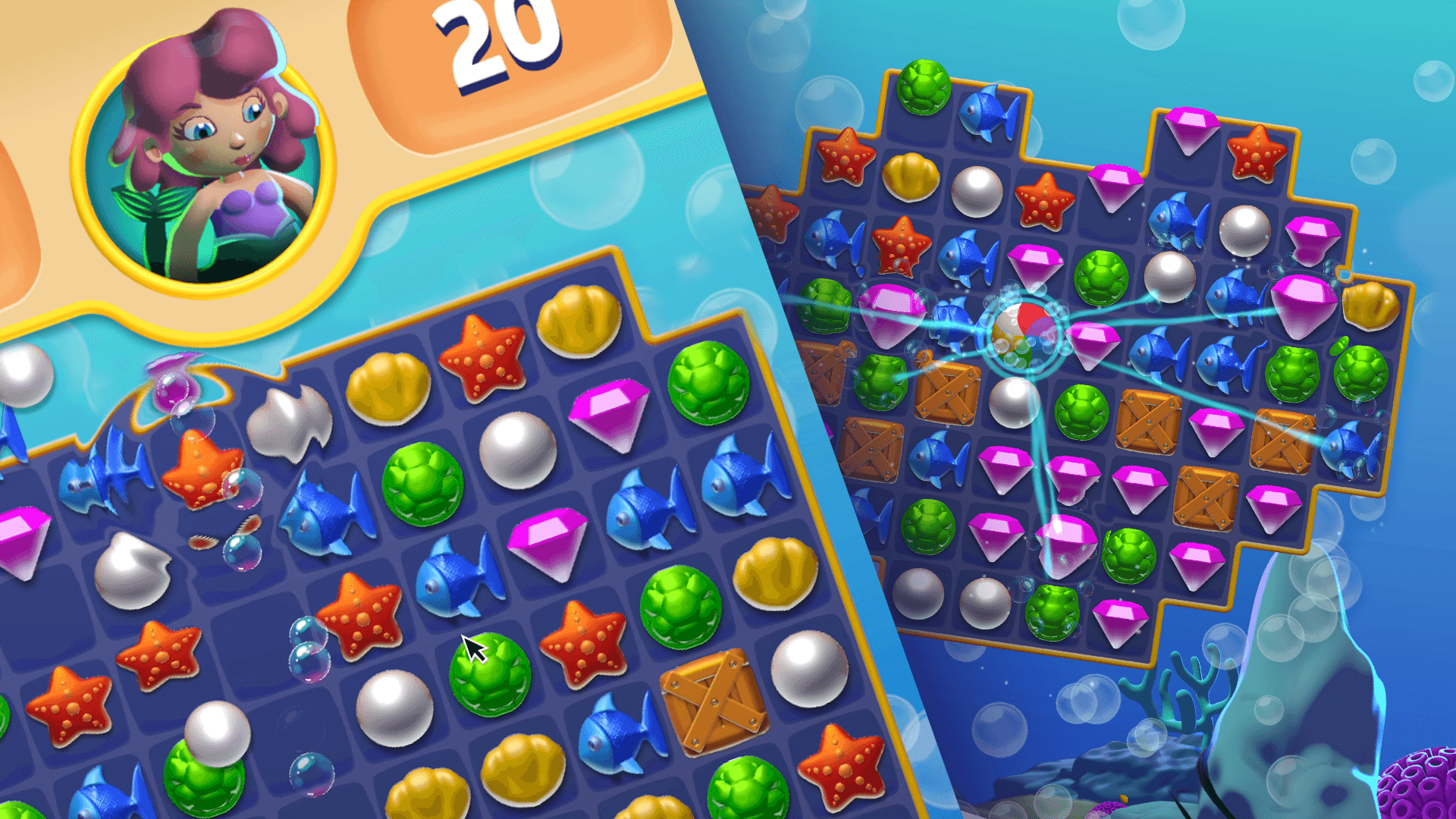





Erstellen, anpassen und skalieren Sie Grafiken, die überall von Mobilgeräten, PC, Konsolen und VR mit der Universal Render Pipeline (URP) funktionieren.

Erstellen Sie hochgradig anpassbare, hochauflösende Visuals, die für PCs und Konsolen mit der High-Definition Render Pipeline (HDRP) optimiert sind.

Mit dieser visuellen, knotenbasierten Lösung können Sie visuelle Effekte von einfachen, gängigen Partikelverhalten bis hin zu komplexen Simulationen, die auf der GPU ausgeführt werden, entwerfen. VFX Graph ist für PC, Konsolen, XR und High-End-Mobilgeräte verfügbar und wurde in Spielen wie folgt verwendet: V Rising, Road 96, Hardspace: Shipbreakerund Syberia: The World Before.

Shader Graph ist ein visuelles, knotenbasiertes Tool, mit dem Sie Shader in Unity erstellen und bearbeiten können, ohne Code schreiben zu müssen. Künstler und Entwickler können so direkt im Editor benutzerdefinierte, leistungsstarke Visuals erstellen.











